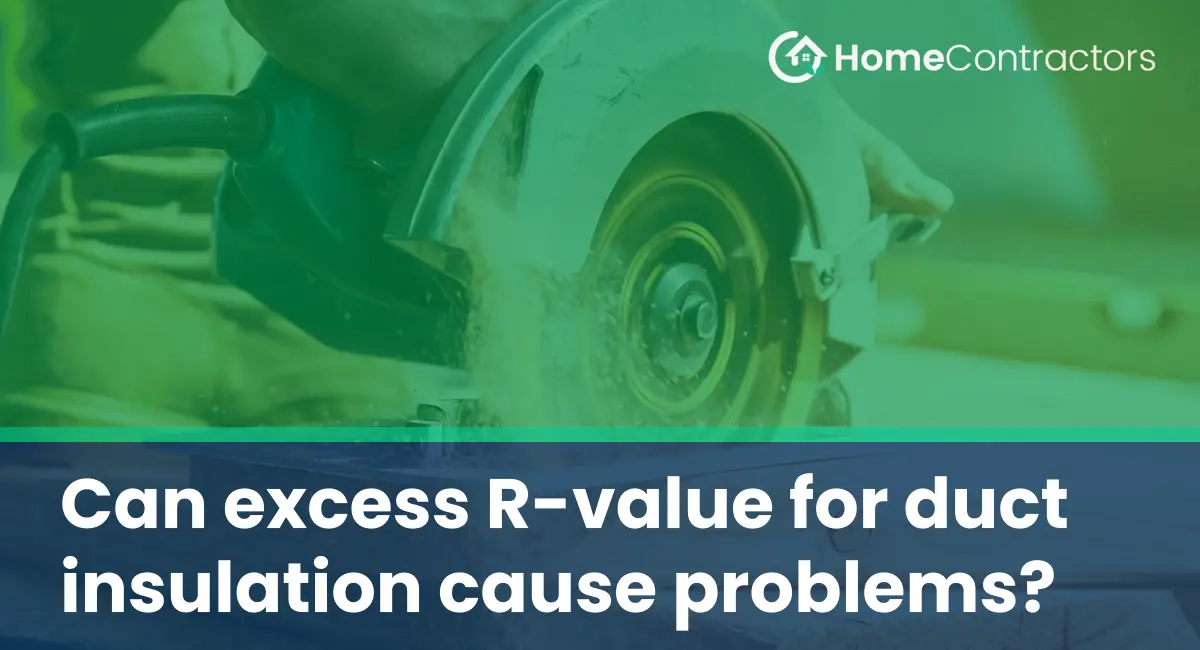Let’s delve deeper to understand the potential issues and implications.
Understanding R-Value:
Before discussing the influence of excess R-value on duct insulation, it is essential to understand the concept of R-value itself. R-value is a measurement of thermal resistance and is commonly used to assess the insulating properties of building materials and insulation. The higher the R-value, the better the insulation’s ability to resist heat transfer.
The Importance of Proper R-Value:
Having the appropriate R-value for duct insulation is crucial for maintaining energy efficiency and reducing heating or cooling losses. Insufficient R-value can lead to heat or cool air leaks, resulting in wasted energy and higher utility bills. However, it is equally important to ensure that the R-value is not excessive, as this may also lead to potential problems.
Potential Issues with Excess R-Value:
1. Restricting Airflow:
Excessively high R-values can impede airflow within the duct system. This restriction can cause pressure imbalances and affect the overall performance of the HVAC system. The restriction may increase the workload on the fan, leading to reduced airflow and diminished comfort levels within the living or working space.
2. Condensation Concerns:
Another potential problem caused by excessive R-value is condensation. Duct systems generate moisture due to temperature differentials, and this moisture can condense on the surface of the duct insulation. If the R-value is too high, it may prevent heat transfer from the conditioned air to the surrounding space, resulting in a colder duct surface. This cold surface can lead to condensation, which, over time, may damage the insulation material or even promote mold growth.
3. Increased Installation Complexity:
Excess R-value can pose challenges during the installation process. Higher R-value insulation materials tend to be thicker, which can make it difficult to fit them within confined spaces. This can complicate the installation process and potentially lead to installation errors, reducing the effectiveness of the insulation.
Finding the Right Balance:
To avoid the problems associated with both insufficient and excessive R-values, finding the right balance is crucial. Consulting professionals, such as HVAC technicians or insulation contractors, can help determine the appropriate R-value for duct insulation in specific situations. They can assess factors like climate, ductwork location, and system efficiency to make informed recommendations.
While proper duct insulation with a suitable R-value is essential for maintaining energy efficiency and reducing heat or cool air losses, excessive R-value can cause problems. Restricting airflow, condensation concerns, and increased installation complexity are potential issues that can arise from excess R-value. Striking the right balance and seeking expert advice during the selection and installation process is key to ensuring optimal duct insulation performance. By doing so, you can maximize energy efficiency, reduce utility bills, and improve the overall comfort of your living or working space.
